- Home
- Archives
HINDUSTAN UNILEVER News & Analysis
Here you will find all the research and views on HINDUSTAN UNILEVER that we post on Equitymaster. Use the tools to customize the results to suit your preference!
HUL 2022-23 Annual Report Analysis
Mar 31, 2023 | Updated on Apr 20, 2024Here's an analysis of the annual report of HUL for 2022-23. It includes a full income statement, balance sheet and cash flow analysis of HUL. Also includes updates on the valuation of HUL.
HINDUSTAN UNILEVER Fact Sheet, HINDUSTAN UNILEVER Financial Results - Equitymaster
Apr 20, 2024 | Updated on Apr 20, 2024Check out HINDUSTAN UNILEVER fact sheet and HINDUSTAN UNILEVER financial results online at Equitymaster.
HINDUSTAN UNILEVER Quarterly Results - Equitymaster
Apr 19, 2024 | Updated on Apr 19, 2024Check out latest HINDUSTAN UNILEVER Quarterly Results online at Equitymaster.
HINDUSTAN UNILEVER Share price, NSE/BSE Forecast News and Quotes| Equitymaster
Apr 19, 2024 | Updated on Apr 19, 2024HINDUSTAN UNILEVER: Get the latest HINDUSTAN UNILEVER Share price and stock price updates, live NSE/BSE share price, share market reports, financial report, balance sheet, price charts, financial forecast news and quotes only at Equitymaster.com.
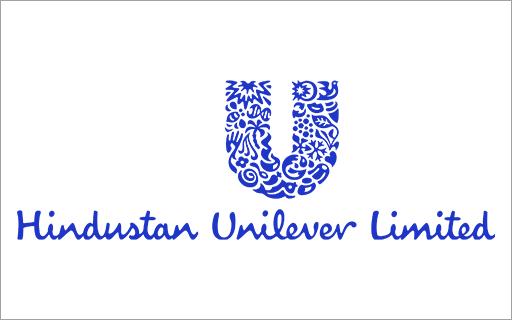 Why HUL Share Price is Falling
Why HUL Share Price is Falling
Apr 16, 2024
HUL slumps 13% in three months, hits 52-week low. What's behind this bluechip stock slide?
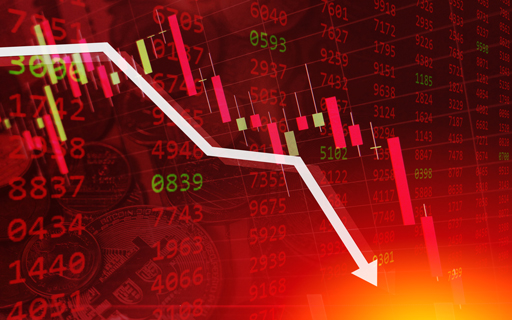 Worst Performing Nifty 50 Stocks of FY24. Could it Get Worse Before It Gets Better?
Worst Performing Nifty 50 Stocks of FY24. Could it Get Worse Before It Gets Better?
Mar 30, 2024
These Nifty 50 stocks struggled in FY24. Will the trend continue?
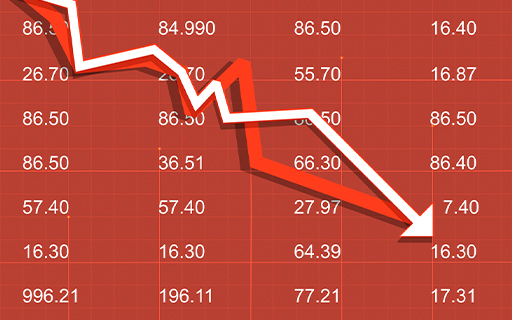 Top 5 Quality Stocks Trading Near 52-Week Lows. Should You Buy?
Top 5 Quality Stocks Trading Near 52-Week Lows. Should You Buy?
Mar 3, 2024
While a stock trading near its 52-week low can be tempting, it's important to consider other factors before investing.
 Top Gainers and Losers of March 2023
Top Gainers and Losers of March 2023
Apr 5, 2023
Here are the stocks that moved the most last month.
 Why HUL Share Price is Falling
Why HUL Share Price is Falling
Oct 31, 2022
Here's why the stock is down even after the company posted robust results for the September 2022 quarter.
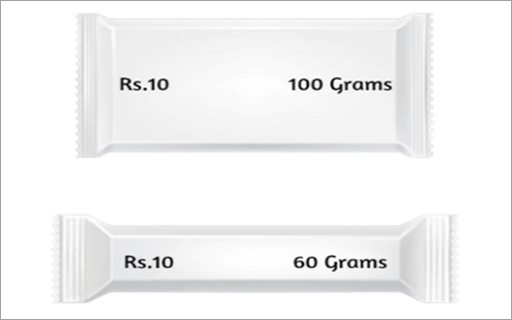 Shrinkflation: The Inflation You're Not Supposed to See
Shrinkflation: The Inflation You're Not Supposed to See
Jun 23, 2022
Everything we are buying is getting expensive. We are just not noticing it. Welcome to the world of 'shrinkflation'.
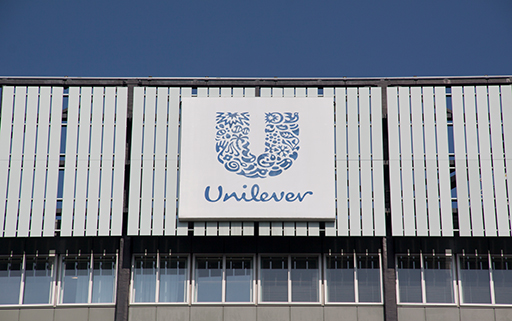 5 Takeaways from HUL's Q4 Results
5 Takeaways from HUL's Q4 Results
Apr 27, 2022
In fiscal 2022, HUL achieved a milestone of becoming a Rs 500 bn turnover company.
 Bargain Hunting in the Current Market? Look Out for these 5 Dig Deeper Stocks
Bargain Hunting in the Current Market? Look Out for these 5 Dig Deeper Stocks
Apr 21, 2022
These stocks have reported stable profits and sales for decades (with no loss-making years), have low or zero debt, and pay high dividends.
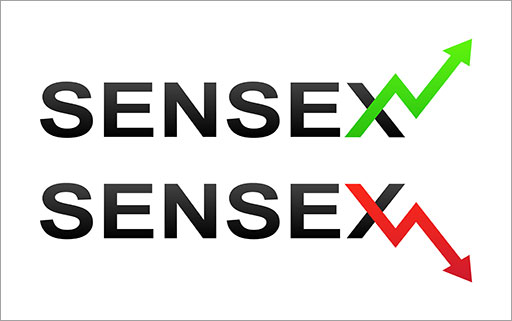 These 7 Companies have been part of the BSE Sensex since 1986...
These 7 Companies have been part of the BSE Sensex since 1986...
Jan 29, 2022
Here are the 7 companies that have stood the test of time and continue to remain part of the Sensex since its inception.
 How to Evaluate the LIC IPO?
How to Evaluate the LIC IPO? 
Jan 28, 2022
There is a credible alternative to buying insurance stocks.
 HUL's Marketcap Tops Rs 6 Tn. Key Factors Driving the Stock
HUL's Marketcap Tops Rs 6 Tn. Key Factors Driving the Stock
Aug 21, 2021
HUL became the fifth Indian company to achieve the milestone of a Rs 6-tn market capitalisation.
 Tata Group: A Genuine Wealth Creator?
Tata Group: A Genuine Wealth Creator? 
Aug 21, 2021
Rahul Shah on whether Tata Group's stellar performance is a mirage
 Hindustan Unilever's Quarterly Results Fail to Impress. Stock Dips
Hindustan Unilever's Quarterly Results Fail to Impress. Stock Dips
Jul 23, 2021
HUL's Chairman Sanjiv Mehta remains cautiously optimistic about the demand recovery.
Hindalco Q4 Profit Surges 189% as Demand Surpasses Pre-Covid Level
May 24, 2021A look into the country's leading aluminium and copper manufacturer's stellar Q4 performance.
These FMCG Stocks Underperformed Sensex in the Past One Year. Can They Reverse Course?
May 24, 2021Despite growth in volumes, top FMCG stocks underperform BSE Sensex. How long will this underperformance last?
How Did Bajaj Auto Perform in Q4FY21?
Apr 30, 2021Key takeaways from Bajaj Auto Q4FY21 results.

